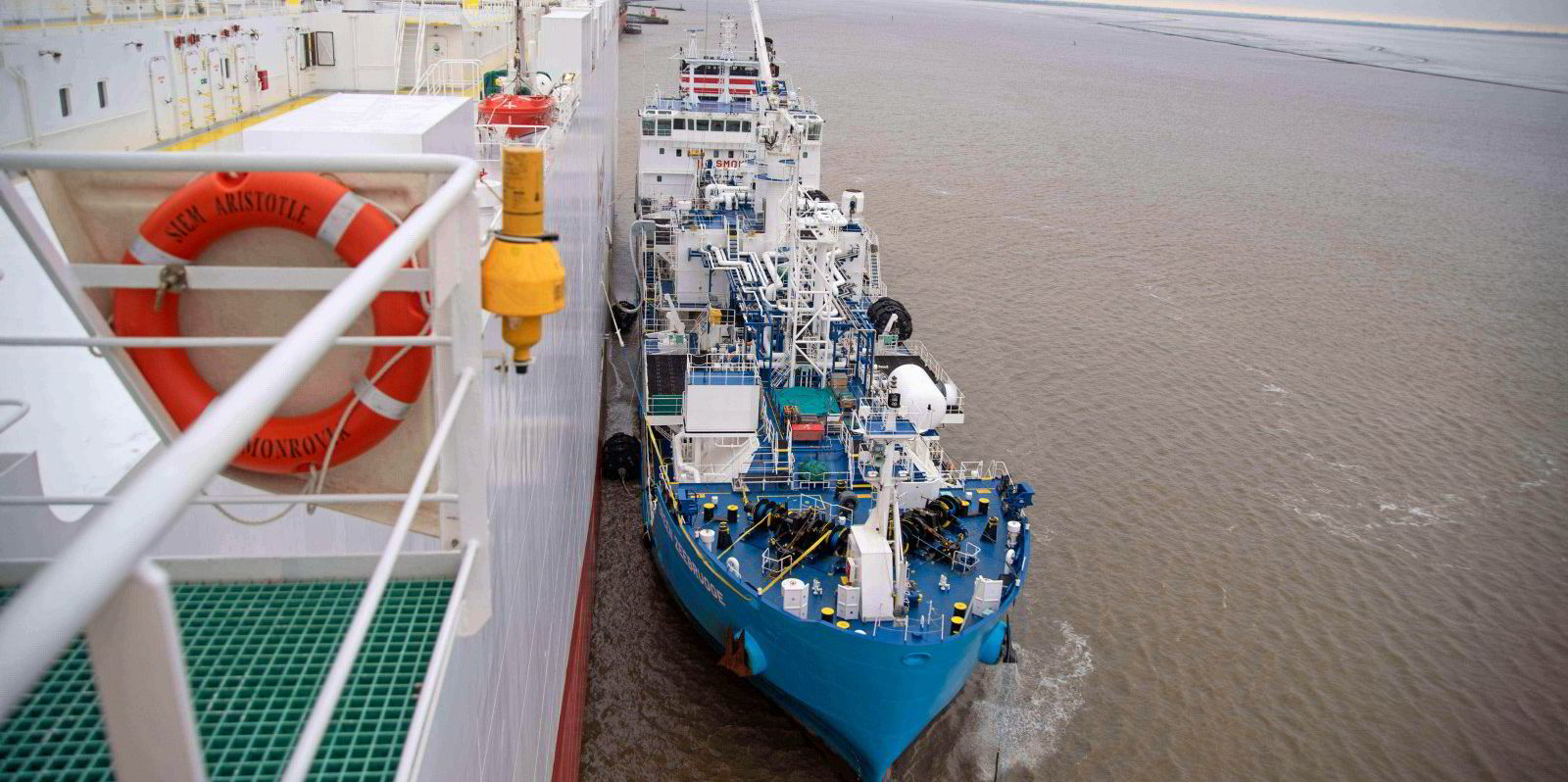Marine fuels supplier GAC Bunker Fuels is going out to the market in search of companies interested in building, owning and operating a Jones Act bunker barge for the Puget Sound region on North America’s west coast.
GAC Bunker Fuels, which is a subsidiary of GAC Group, will issue a request for proposals for a US-flag LNG bunker barge.
No capacity details have been given for the planned unit, but the company said it would have the flexibility in size and design to serve multiple shipping customers.
The barge will load at Puget LNG’s upcoming terminal in the Port of Tacoma and be able to bunker vessels in port.
Substantial demand
GAC Bunker Fuels plans to buy LNG from Puget LNG’s terminal on a free-on-board basis and said it will extend credit terms to shipping companies that buy fuel on both a contract and spot basis.
The company wants to see the barge in operation by 2023 when it is understood to be anticipating “substantial demand” for LNG bunkers in 2023.
“This exciting foray into the Pacific Northwest with Puget LNG is the latest expansion of our footprint in the US, adding to GAC’s growing LNG fuel portfolio,” said Nicholas Browne, GAC Bunker Fuels’ global director.
Puget Sound Energy (PSE)-controlled Puget LNG and GAC Bunker Fuels announced on Tuesday that they have signed a memorandum of understanding to cooperate on the supply of LNG as marine fuel from Puget’s Tacoma LNG Terminal to GAC’s customers in the Pacific Northwest.
US first
The 1,000-cbm-per-day liquefaction facility and bunkering pier at the Tacoma terminal is due to be operational in the second quarter of 2021. Tote is the facility's anchor marine customer.
“It will be the first such terminal on North America’s west coast providing direct shoreside loading access for a bunker barge,” the two companies said.
They added that a DNV study, commissioned by Puget LNG to explore the feasibility of a bunker barge to supply LNG as fuel to ships in the Puget Sound area, concluded that the availability and cost of natural gas, especially in North America, made LNG an attractive solution for ship operators to comply with air emissions regulations.
“A growing orderbook for LNG-fuelled vessels has underlined the need to develop LNG supply infrastructure in all major shipping ports and regions, including the Pacific Northwest,” the two said.
Exciting foray
Puget LNG director Blake Littauer said PSE has set a goal to become a “Beyond Net Zero Carbon company by 2045”.
“PSE is targeting to reduce its own carbon emissions to net zero and go beyond by helping other sectors enable carbon reduction across the state," Littauer said.
GAC Bunker Fuels bunkered the first non-US-flagged vessel with LNG in a US port last year and has teamed up with incoming supplier Pilot LNG.
“We have less than 10 years to meet the greenhouse gas reduction targets set by the International Maritime Organization for 2030,” Browne added. “Right now, LNG is the alternative fuel with the greatest potential and biggest following.”








